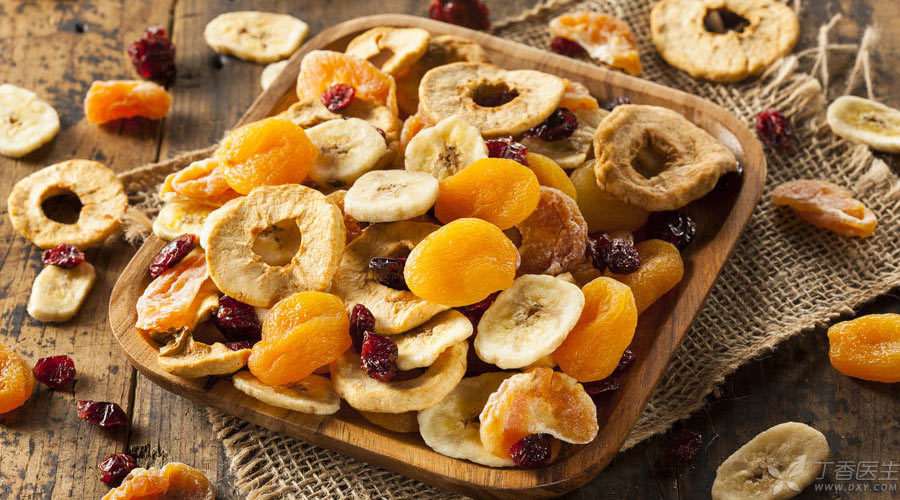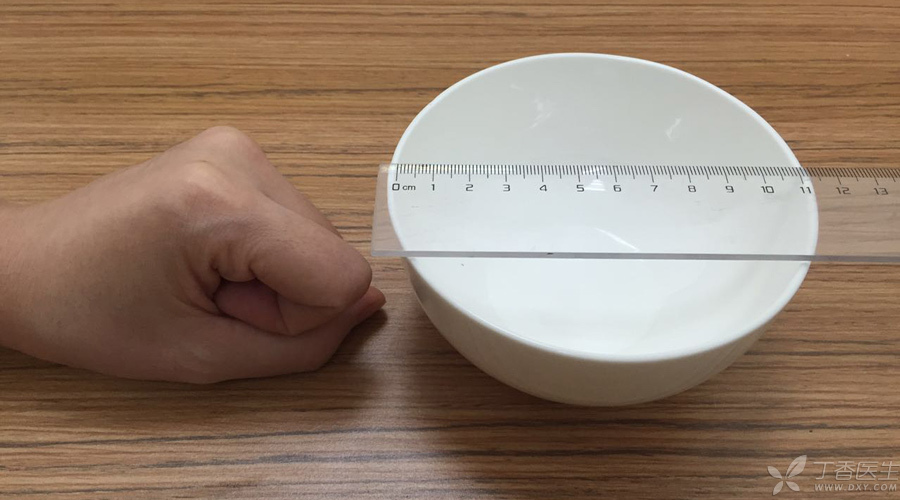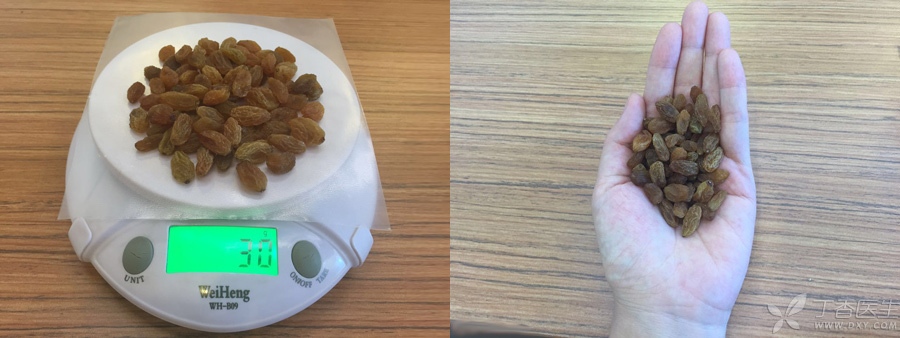
I want to control blood sugar, staple food can’t eat, fruit can’t eat, dried fruit can’t eat…
When it comes to controlling blood sugar, people will automatically alert to sweet foods with high sugar content and issue [red card warning].
It is true that various carbohydrates in food can cause blood sugar to rise and promote insulin secretion. However, it is not wise to refuse carbohydrates. You need to learn to choose various sugary foods correctly.
Staple food can be eaten, fruits can be eaten, even sweet dried fruits can be eaten.
High sugar does not necessarily lead to high blood sugar reaction.
After the fruit is dried and dehydrated, the sugar content is not low.
The carbohydrate content of dried apples, dried dates, raisins, dried apricots, persimmons, dried figs, etc. is above 55%, while the carbohydrate content of raisins is as high as above 66% (polished round-grained rice contains about 75%).
Moreover, most of the carbohydrates contained in these dried fruits are simple sugars such as fructose and glucose.
However, the blood sugar reaction of most dried fruits is lower than that of rice.
The degree to which a certain food causes a rise in blood sugar is usually measured by the Glycemic Index (GI).
The higher the GI value, the stronger the hyperglycemic effect of this food:
- Hypoglycemic index food GI < 55, glycemic index food GI is 55 ~ 75, hyperglycemic index food GI > 75
Let’s compare the GI values of several common dried fruits, rice and steamed bread, and we will find that dried fruits belong to foods with moderate and hypoglycemic reactions.
Why is the GI value of dried fruits lower than that of rice and steamed bread?
According to the existing research results, the analysis may have several reasons:
- Dried fruits contain dietary fiber, oligosaccharides, pectin and some organic acids, which are all conducive to controlling the rapid rise of blood sugar. From the perspective of texture, dried apples, dried jujube and other dried fruits are soft and tough in texture, which will be slower to chew and blood sugar is relatively difficult to grow tall. Polyphenols in fruits can reduce the activity of digestive enzymes and are also beneficial to improving insulin sensitivity.
Therefore, for friends with diabetes or high blood sugar, they can eat fruits as well as dried fruits everyday.
So, how should dried fruits be eaten?
Distinguish between dried fruits and candied fruits
Dried fruits and candied fruits are often indistinguishable, but they are quite different.
Dried fruit: No sugar, salt, oil or any food additives are added. It is the natural state of fruits after drying and dehydration.
For example, directly dried dates (red dates), raisins, dried longan, persimmons, dried apricots, figs, dried apples, etc. are all dried fruits without addition.
Candied fruit: Sugar, salt, oil and other condiments will be added.
For example, candied dates and salted plum.
There are also many under the name of [dried fruit], which is not really [dried fruit].
Fried fruit and vegetable slices: have [crisp] taste.
For example, the best-selling comprehensive dried fruits and vegetables also include dried bananas, jackfruit and kiwi fruit, most of which are fried. However, dried, sun-dried and freeze-dried dried fruits are generally very tough, difficult to chew and take a lot of teeth.
After distinguishing clearly, remember: blood sugar needs to be controlled, and what you can eat is dried fruit without addition.
Recommendation 1: Replace fruits when eating extra meals
When you feel hungry, your blood sugar decreases, but you should avoid the blood sugar [roller coaster] soaring. Drinking sugar water to supplement energy is not advisable. Dried fruit is a wise choice.
Take dried fruits with you as food to prepare for famine. As long as you eat them in an appropriate amount, you will feel full. It can not only appease the hungry stomach, but also prevent you from being hungry during dinner. It is conducive to maintaining stable blood sugar.
According to the recommendations of the dietary guidelines, you can eat 200-350 grams of fresh fruits a day. For diabetics, if the blood sugar control is stable, you can eat fruits. Fresh fruits should be controlled at 100-200 grams, and you should eat them in batches, such as 100 grams at 10: 00 a.m. and 100 grams at 3: 00 p.m.
Although the nutrition of fresh fruits cannot be completely replaced by dried fruits, if you want to eat dried fruits, you should eat less or try not to eat the fruits on that day.
For friends who do not have diabetes, it is appropriate to eat about 20 ~ 30g of dried fruits a day.
For friends with high blood sugar and diabetes, dried fruits should be eaten in batches, which can be divided into two batches, 10 ~ 15g each time.
In addition, we also need to remind everyone to choose the right dried fruit variety.
In the existing experiments, raisins, jujube, dried apples and dried apricots are recommended. However, the peak value of postprandial blood sugar of dried figs is relatively high, which has no obvious effect on controlling blood sugar and is not recommended.
Recommendation 2: Replace some staple food during dinner,
Dried fruits can be eaten not only as snacks and extra meals alone, but also with staple food in one meal.
The postprandial blood sugar rise rate of dried fruits mixed with rice is relatively slow, so that the energy therein is slowly released, which will not lead to the synthesis and accumulation of body fat, and is also conducive to weight loss under the condition of controlling the total energy.
On the premise of ensuring the same carbohydrate, a small amount of dried fruits replace some rice and mix them together.
How do you change it? Let’s teach you hand in hand.

If the staple food of a certain meal is planned to eat 1 bowl of rice (100 ~ 110g of raw rice), 1/4 bowls of rice can be exchanged for about 30g of dried fruit.
However, 30 grams of dried fruits are roughly equivalent to 1 handful of raisins, or 3 dates, or 2-3 pieces of dried apples, or no more than 5 dried apricots.
For specific quantities, you can refer to these pictures:

